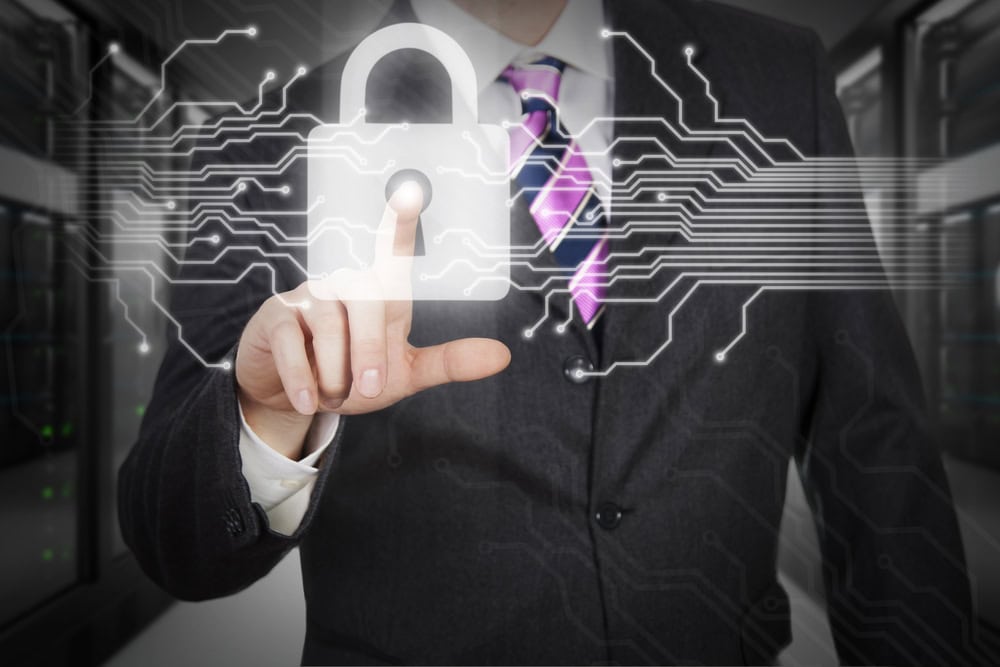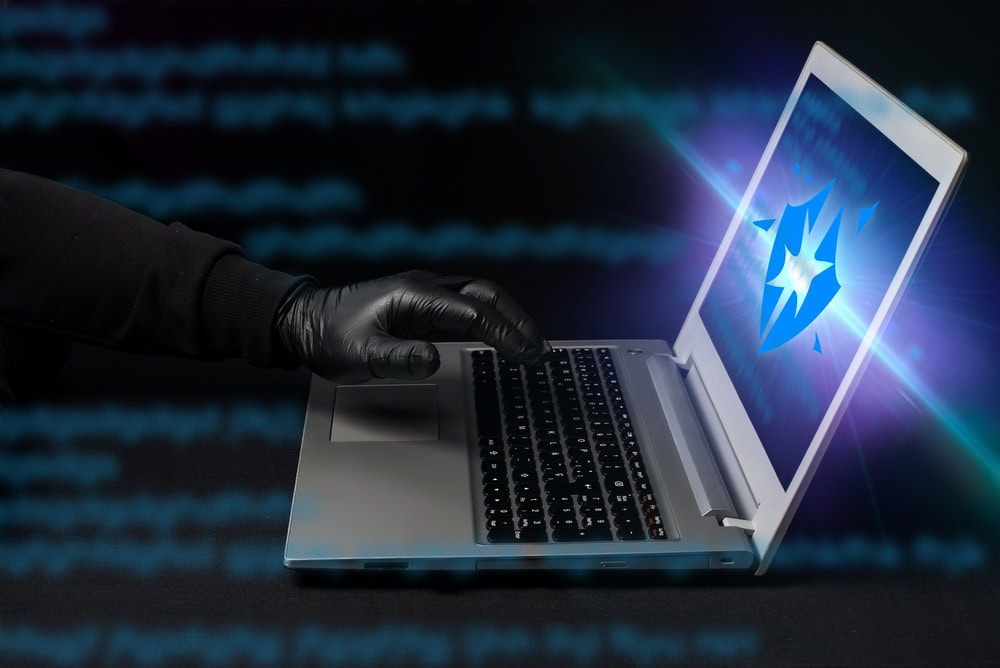Back from the home office: Beware of introduced malware!
When home office employees return to the office, they can bring in all sorts of things - IT-wise, that is. Seven security tips.

More and more employees are returning to their usual workplace in the company. This should be a cause for concern for IT. After all, when "home-office workers" return to the office, the risk of undetected cyberthreats making their way from the home-office device into the company network increases. Ransomware is seen by companies as the biggest threat when employees return home. Most of the 519 B2B decision-makers from Germany surveyed ranked this threat as the greatest danger. It is followed by breaches of the DSGVO (17%) and data theft (16%) as well as Spyware (10%).
Updates and patches missed
In addition to the intrusion of malware into the company network, the respondents are particularly concerned about the synchronization of company laptops and other devices (15%) and the many missed updates that then have to be executed first (10 percent).
"Endpoints are and will remain a threat to businesses, especially now that they have been used almost unprotected for months for all kinds of activities on the net. Cybercriminals know about these weaknesses and exploit them mercilessly. The results show that companies are aware of this. Now they must also react accordingly by investing in endpoint protection solutions," says Matthias Canisius, Regional Director DACH at SentinelOne.
Missed patches and updates in particular mean that home office devices become Trojan horses for malware. This is because only 47 percent of those surveyed protect their company devices with antivirus software, while 38 percent use a cloud firewall, and 13 percent do not know or have no protection at all for their devices.
Observe seven safety instructions
To safeguard home office employees, IT security departments should follow seven security tips:
- Train all employees on security awareness
- trust no one (especially no internet traffic)
- Implement multi-factor authentication
- Patch all applications regularly
- Threat Intelligence automate
- Analyze log information
- Have emergency plans ready
The survey was conducted in May 2020 among 519 B2B decision makers by YouGov on behalf of SentinelOne.
Source: SentinelOne









